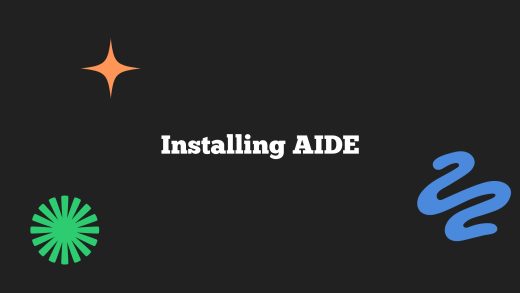As more and more commercial concerns grabbed Web presences in the early ’90s, domain naming started to get out of hand. In April 1993, the National Science Foundation (NSF) created InterNIC (Internet Network Information Center) to handle the huge volume of requests. InterNIC was originally drawn from three sources: General Atomics, which was to provide the information services, but was dropped in 1995; AT&T, which delivers directory and database services from a home base in New Jersey; and Network Solutions, Inc. (NSI), which offers registration services from Herndon, Virginia.
The first step to getting your own domain name is using HostingManual.net’s free online search to see if the name is already taken. In the form, enter the name you want. You don’t need the http://www part of the name, just the subdomain(s) and the top-level domain.
So, for example, type yourname.com in the form and hit Return; you’ll get a response telling you whether the name is already taken or is up for grabs. If the result screen says “No match for YOURNAME.COM,” you’re free to pursue that domain name. If, instead, the screen displays information about a company or an individual, it means the domain name is taken; you’ll have to try another name. Once you’ve read the InterNIC response, use your browser’s Back button to return to this screen.
Find out what happens when you try to register mcdonalds.com or other well-known names. The only snag is the search finds only domain names that have already been registered. The registration process itself can take up to three weeks, so even if the system tells you your proposed name is available, you could still be out of luck if someone has submitted it for registration a week before you did–unless you’re an internationally known fast-food empire with lots of high-profile lawyers (click on the image at the left for details).


